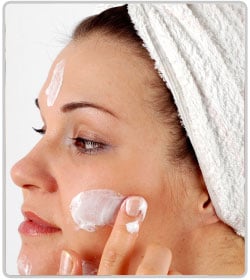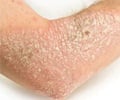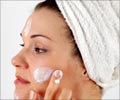What are the different moisturizing agents?
The natural humectants of the dermis include – glycosaminoglycans (hyaluronic acid). Topically applied humectants draw water from deeper dermis, and rarely from environment. Moisturizers can be prepared from combining occlusive and humectants to rehydrate skin optimally. Humectants may allow the skin to feel smoother by filling the holes in the stratum corneum.
Examples of common Humectant:
- Glycerin
- Honey
- Urea
- Lactic acids
- a hydroxy acids
- propylene glycol.
Emollients:
Emolliency is the ability of the moisturizer to fill inside the cervices between the desquamating corneocytes, which is abundant in dry skin conditions thereby making the skin feel smoother. Emollients are chemical substances, which helps to maintain soft, smooth, pliable feel, and pleasing appearance of the skin. These emollients function by their ability to remain on the stratum corneum and reduce the flaking. They reduce the water loss from stratum corneum. Emollients are used in the treatment of Xerosis
- Atopic dermatitis
- Ichthyosis vulgaris
- Contact dermatitis
- Nummular dermatitis
- Psoriasis.























